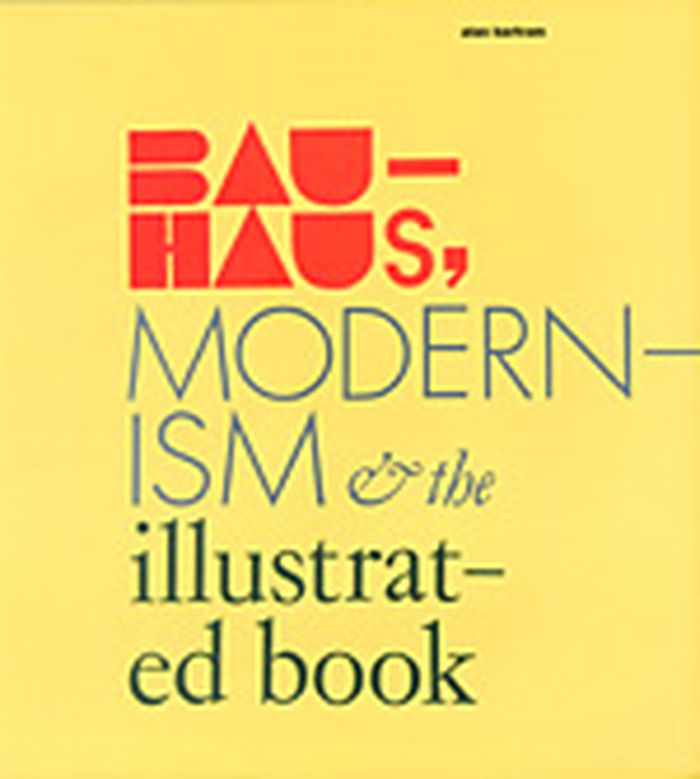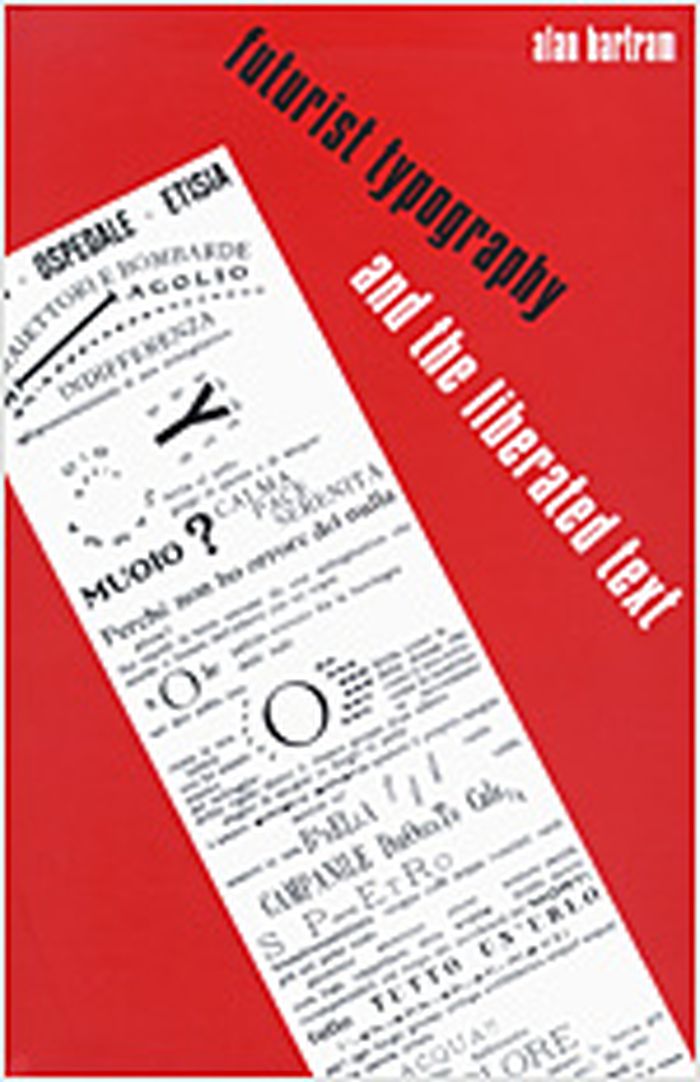$45.95
(disponible sur commande)
Résumé:
This lively and authoritative book explores the influence of the Bauhaus and modernism on typography and book design. Alan Bartram examines work by such key figures as Max Bill, F. T. Marinetti, El Lissitzky, László Moholy-Nagy, Jan Tschichold, and Paul Rand. All of the carefully chosen examples, some of which have not been previously reproduced, clearly demonstrate the(...)
Bauhaus, modernism & the illustrated book
Actions:
Prix:
$45.95
(disponible sur commande)
Résumé:
This lively and authoritative book explores the influence of the Bauhaus and modernism on typography and book design. Alan Bartram examines work by such key figures as Max Bill, F. T. Marinetti, El Lissitzky, László Moholy-Nagy, Jan Tschichold, and Paul Rand. All of the carefully chosen examples, some of which have not been previously reproduced, clearly demonstrate the modernist revolution that took place in graphic design. In an informative introductory essay, Bartram surveys the German art and design school known as the Bauhaus. Under Walter Gropius, the Bauhaus intended to create an academic, theoretical, and practical synthesis of all forms of visual expression, a marrying of art, architecture, industry, and design that had never been attempted before. Although the Bauhaus existed for only fourteen years, from 1920 to 1934, Bartram asserts that its philosophy influenced the appearance of almost every kind of modernist artifact throughout the twentieth century and continues to do so today.
livres
$52.50
(disponible sur commande)
Résumé:
What decisions lie behind the way a book is designed? How are readers of books helped or hindered by the choices that a designer, publisher, or printer has made in presenting an author's text to its intended audience? Are there any lessons we can learn from a study of the books that have been produced in previous centuries? In this stimulating and generously(...)
octobre 2001, New Haven / London
Five hundred years of book design
Actions:
Prix:
$52.50
(disponible sur commande)
Résumé:
What decisions lie behind the way a book is designed? How are readers of books helped or hindered by the choices that a designer, publisher, or printer has made in presenting an author's text to its intended audience? Are there any lessons we can learn from a study of the books that have been produced in previous centuries? In this stimulating and generously illustrated volume, Alan Bartram, a distinguished book designer and typographer, answers many of these questions and provides his personal view of some of the successes and failures of his predecessors. He looks with fresh eyes at a varied range of books published in western Europe and America in the last half-millennium, concerning himself in particular with readability, function, and clarification of meaning. He also discusses how different elements of text, decoration, and illustration were combined in the layout of the printed page, and he comments on whether the resultant design is successful.
livres
octobre 2001, New Haven / London
$61.00
(disponible sur commande)
Résumé:
In the early decades of the twentieth century, European artists, poets, and designers called for the destruction of outdated assumptions about vision and language. Numerous manifestos resulted, demanding new artistic forms. None of these manifestos was more aggressive and poetic, or wider in scope than Filippo Tomasso Marinetti’s Futurist Manifesto of 1909. Painting,(...)
Futurist typography and the liberated text
Actions:
Prix:
$61.00
(disponible sur commande)
Résumé:
In the early decades of the twentieth century, European artists, poets, and designers called for the destruction of outdated assumptions about vision and language. Numerous manifestos resulted, demanding new artistic forms. None of these manifestos was more aggressive and poetic, or wider in scope than Filippo Tomasso Marinetti’s Futurist Manifesto of 1909. Painting, sculpture, literature, architecture, theatre, cinema, and music were all caught up in its net. Typography—until then a distant relative in the arts—also played a major role in Marinetti’s program. Written by Alan Bartram, this book examines the rise and evolution of the Futurists’ approach to typography and graphic design, placing it within the context of contemporary artistic and literary movements. The volume features examples of some eighty Futurist books or other designs for print, many of them relatively unknown or previously unpublished, accompanied by new translations of over twenty of the featured texts. Bartram illuminates the complicated meanings of the Futurist designers’ graphic works in order to provide a new understanding of their extraordinary and influential visual language.

